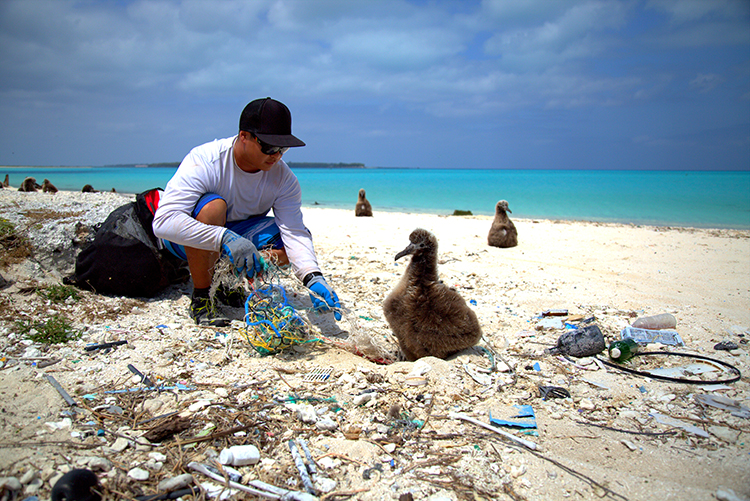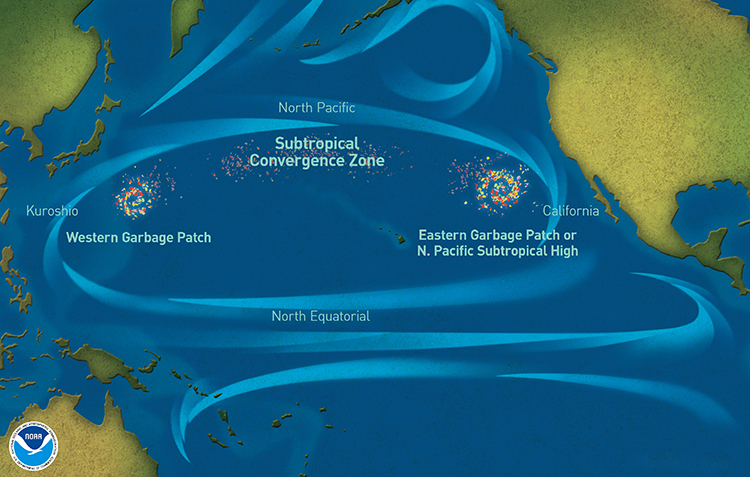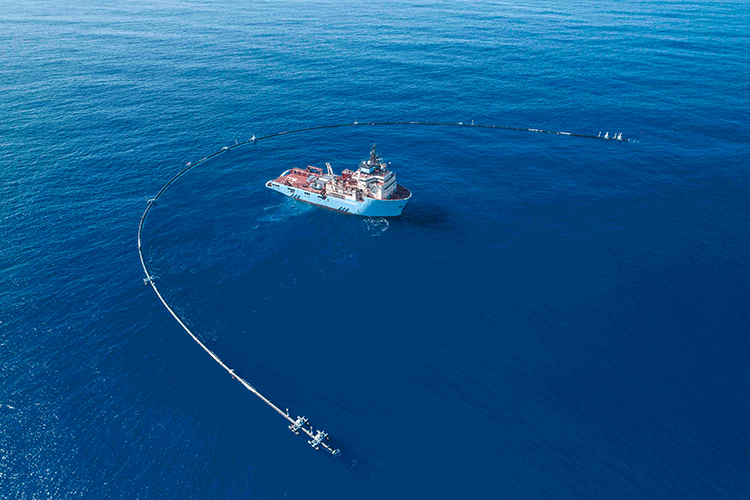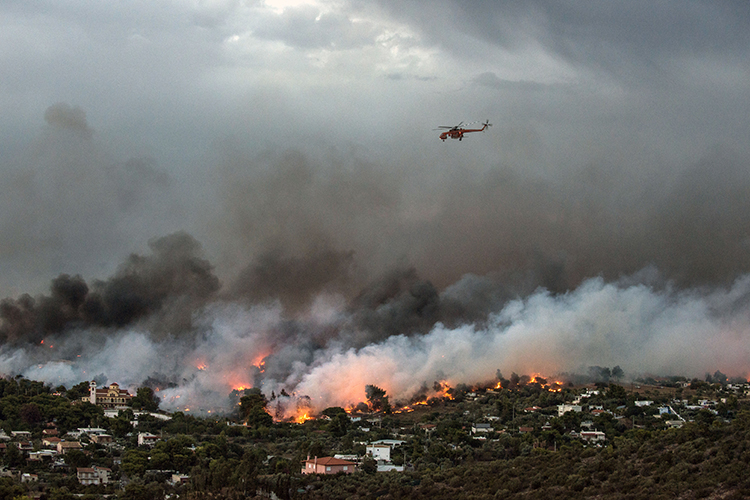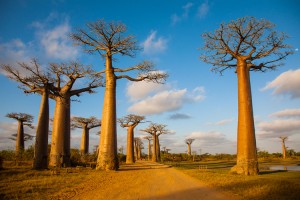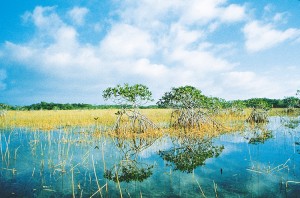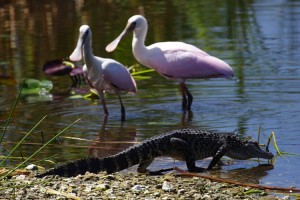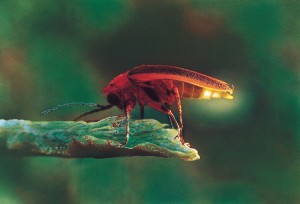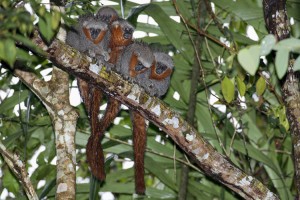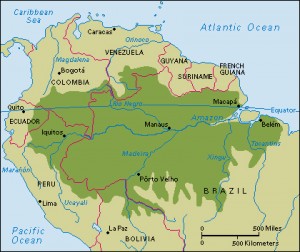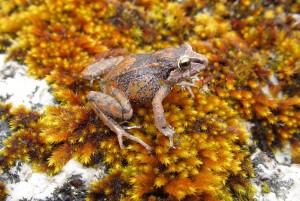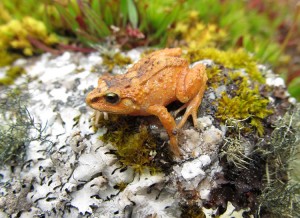Sergeant York 100
Monday, October 8th, 2018October 8, 2018
On Oct. 8, 1918, 100 years ago today, Alvin York, a soldier in the United States Army, killed more than 20 German troops and forced 132 others to surrender during the Meuse-Argonne Offensive in France during World War I (1914-1918). York was a member of a patrol sent to silence German machine-gun nests. An expert marksman, York shot about 25 enemy soldiers and forced a German major to order the survivors to surrender. For his deed, York received the Medal of Honor, the highest award for courage given by the U.S. military. Marshal Ferdinand Foch of France called York’s action “the greatest thing accomplished by any private soldier of all the armies of Europe.” Although he became famous as “Sergeant York,” he held the rank of corporal at the time of his incredible feat.

Sergeant Alvin C. York is seen here in 1919 aboard the USS Ohioan, the troop transport that returned him to the United States after the end of World War I. Credit: National Archives
York’s Medal of Honor citation reads, “After his platoon had suffered heavy casualties and 3 other noncommissioned officers had become casualties, Cpl. York assumed command. Fearlessly leading 7 men, he charged with great daring a machine gun nest which was pouring deadly and incessant fire upon his platoon. In this heroic feat the machine gun nest was taken, together with 4 officers and 128 men and several guns.”
Alvin Cullum York was born on Dec. 13, 1887, in Fentress County, Tennessee, and grew up on a mountain farm. He developed amazing marksmanship with the rifle and pistol while a boy. He became deeply religious and sought exemption from the draft because he believed war was wrong. But he was denied exemption.
The 1941 motion picture Sergeant York told York’s life story and detailed his exploits of October 1918. York died on Sept. 2, 1964.

